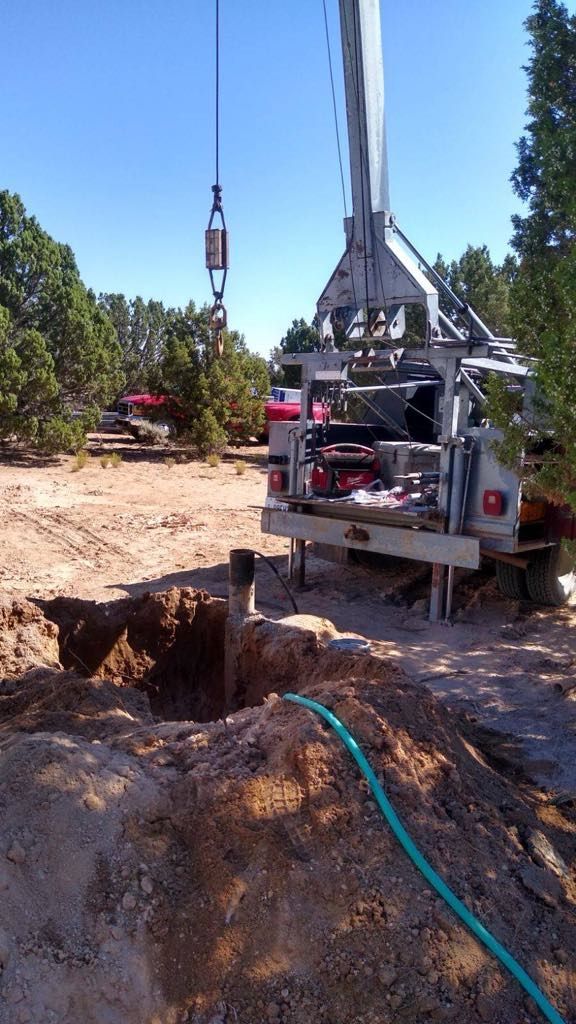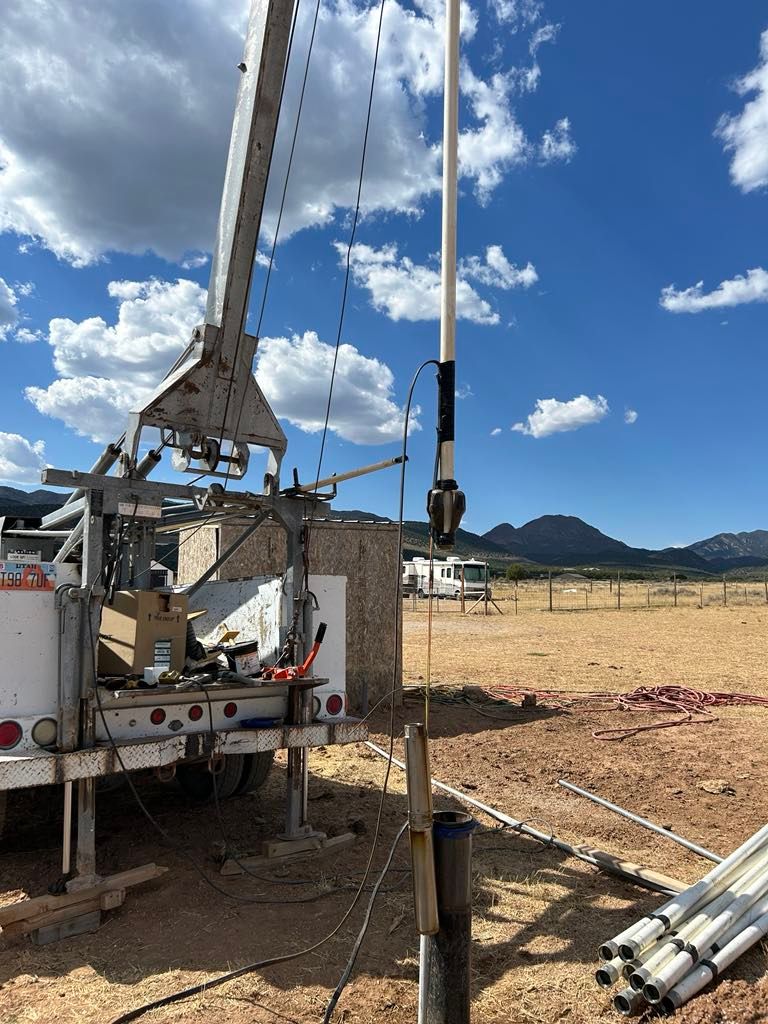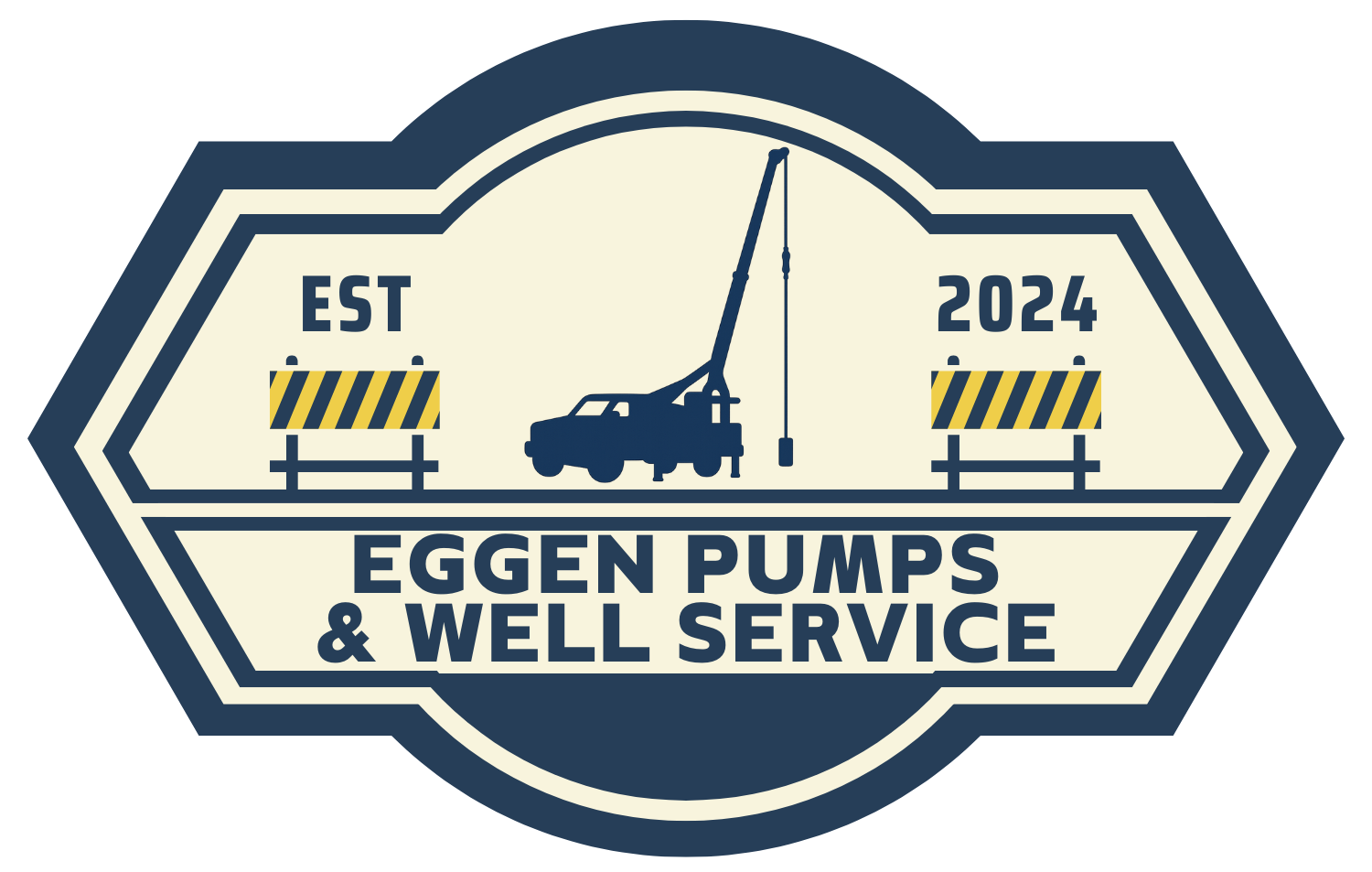
Municipal vs. Private Wells: What’s the Difference? Eggen Pumps & Well Service | St. George, UT In Southern Utah, water often comes from one of two sources: a municipal well or a private well . Both provide access to underground water, but they work differently, serve different users, and have different rules. If you’re building a home, managing a farm, or working for a city or utility, it’s helpful to know the difference between the two. What Is a Municipal Well? A municipal well serves a group of people—usually a city, town, or community. These wells are deep, high-capacity systems designed to meet public demand. Key features of municipal wells: Operated by a city, utility, or water district Follow strict water quality and testing rules Supply water to many homes and businesses Use large pumps, control systems, and storage tanks In places like St. George, Washington, and Hurricane, municipal wells are the backbone of public water systems. These wells must meet state and federal health standards and are monitored regularly. What Is a Private Well? A private well provides water to a single home, farm, or business. These are common in rural areas and on agricultural land throughout Southern Utah. Key features of private wells: Owned and maintained by the landowner Serve one household, property, or field Testing and maintenance are the owner’s responsibility May not be subject to regular government oversight Private wells are more flexible but require more attention from the owner to keep water clean and the system running well. Main Differences at a Glance FeatureMunicipal WellPrivate WellOwnershipCity or public utilityPrivate property ownerWater UsagePublic (many users)Private (one user)MaintenanceHandled by the cityHandled by the ownerRegulationsStrict water quality rulesFewer regulationsCost to OperateCovered by water billsOwner pays for upkeep Which Is Right for You? If you’re living in a city or town, you’re likely using municipal water already. But if you’re building in a rural area or need water for irrigation, a private well may be the better option. At Eggen Pumps & Well Service , we install and maintain both municipal and private wells across Southern Utah. Whether you need help with a high-volume system or a simple home setup, we can guide you through the process. Have questions about your well system or thinking of drilling a new one? Contact Eggen Pumps & Well Service today to get expert help with your water needs.

How Drought Conditions Impact Irrigation Wells in Southern Utah Eggen Pumps & Well Service | St. George, UT Drought is a part of life in Southern Utah. With long stretches of dry weather and limited rainfall, water levels in wells can change—and not always for the better. If you rely on a well for irrigation, it’s important to understand how drought can affect your water supply. Here’s what you need to know, and what you can do about it. Lower Water Tables When there’s little rain and snowmelt, the water underground drops. This is called a lower water table. Wells that once had plenty of water may now run slower or even run dry. In some cases, the pump may start pulling in air or sediment instead of water. What you might notice: Weaker water pressure Pumps turning on and off more often Dirty or cloudy water from the well Increased Demand on Wells During dry seasons, plants and crops need more water. That puts extra stress on your irrigation system. Your well may be running longer each day, which can cause the pump and motor to wear out faster. This extra use can also speed up drawdown—the drop in water level while pumping—which can cause your system to lose efficiency. Harder Water and Buildup Drought doesn’t just affect the amount of water. It can also change the quality. As water levels drop, minerals and sediment become more concentrated. This can cause hard water issues or clog your irrigation lines and emitters. Common signs include: White scale buildup on equipment Sprinklers getting clogged Changes in water smell or taste How to Protect Your Irrigation Well During Drought At Eggen Pumps & Well Service , we help landowners across St. George and Southern Utah prepare for dry seasons. Here are a few things you can do to keep your system running strong: Schedule a flow test to see how your well is performing Rehabilitate older wells to improve flow and reduce clogging Install water-saving upgrades like smart controllers and pressure regulators Test your water quality to catch mineral problems early Service your pump system to reduce wear and avoid breakdowns Stay Ahead of the Drought Southern Utah is known for its dry climate—but with the right care, your irrigation well can keep working through tough seasons. If you’ve noticed changes in your system or want to prepare for the months ahead, Eggen Pumps & Well Service is here to help. Contact us today for a well check-up or to schedule preventive maintenance.

The Well Installation Process: What to Expect Start to Finish Eggen Pumps & Well Service | St. George, UT Installing a new well is a big step—but it doesn’t have to be a stressful one. At Eggen Pumps & Well Service , we help homeowners, farms, and municipalities across Southern Utah get the water systems they need. If you're thinking about installing a new well, here's what the process looks like from start to finish. Step 1: Site Evaluation We begin with a site visit to review your property. We look at access, terrain, and water needs. We’ll help determine the best spot for drilling based on land use, distance to power, and potential water supply. What we check: Local water table depth Soil and rock conditions Distance from septic systems or other wells Irrigation or household demand Step 2: Permits & Planning Before drilling, we take care of the required permits and make sure everything follows local and state codes. In Southern Utah, this means working with the Utah Division of Water Rights and local county offices. We handle: Permit paperwork Water rights review Scheduling with licensed drillers Step 3: Drilling the Well Once everything is approved, we begin drilling. The depth depends on your location and water source. After reaching the right depth, we install casing to protect the well and prevent collapse. The drilling phase includes: Borehole drilling Steel or PVC casing installation Gravel packing and grouting Step 4: Pump System Installation After the well is drilled and cased, we install the pump system. This includes choosing the right pump size for your flow needs, connecting it to power, and setting up control boxes or pressure tanks. We provide: Submersible or turbine pump installation Electrical wiring and controls System testing for flow and pressure Step 5: Testing & Water Quality Check We run the system and test everything to make sure it’s working right. We also collect water samples and send them to a certified lab to check for bacteria, minerals, or other concerns. We test for: Flow rate and recovery time Water clarity and odor Bacteria and mineral content Step 6: Final Setup & Support Once your system passes all tests, it’s ready for everyday use. We walk you through how it works and provide guidance for care and future maintenance. Whether it’s for a home, field, or community system, a proper well installation takes planning and precision. At Eggen Pumps & Well Service , we’ve helped hundreds of Southern Utah residents get clean, reliable water. If you’re ready to install a well or just have questions, give us a call today. We’re here to help.
